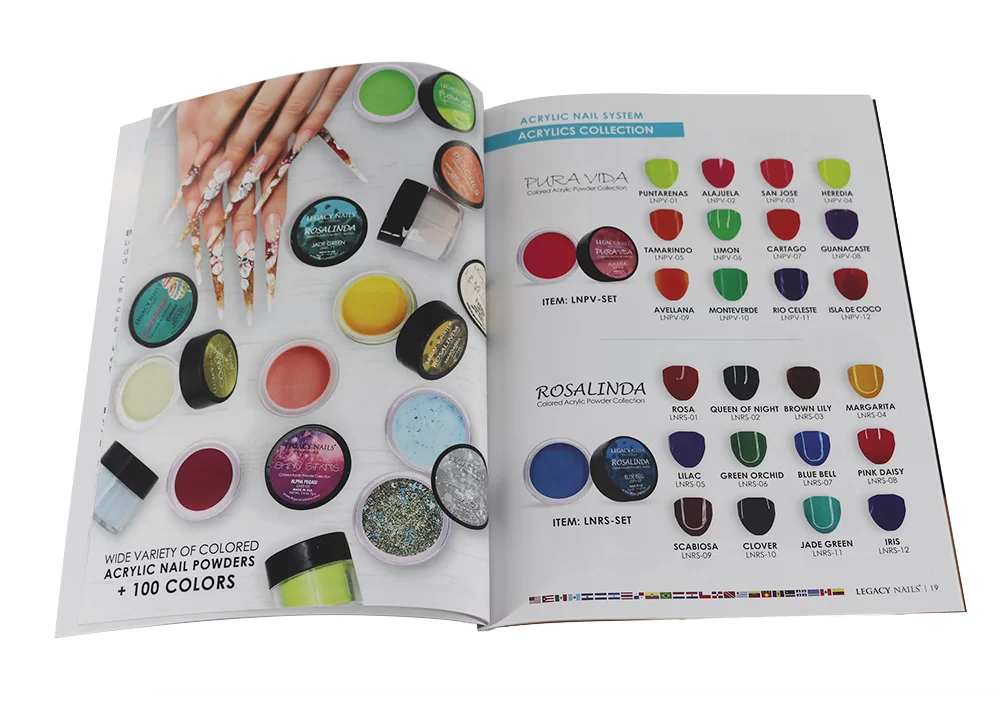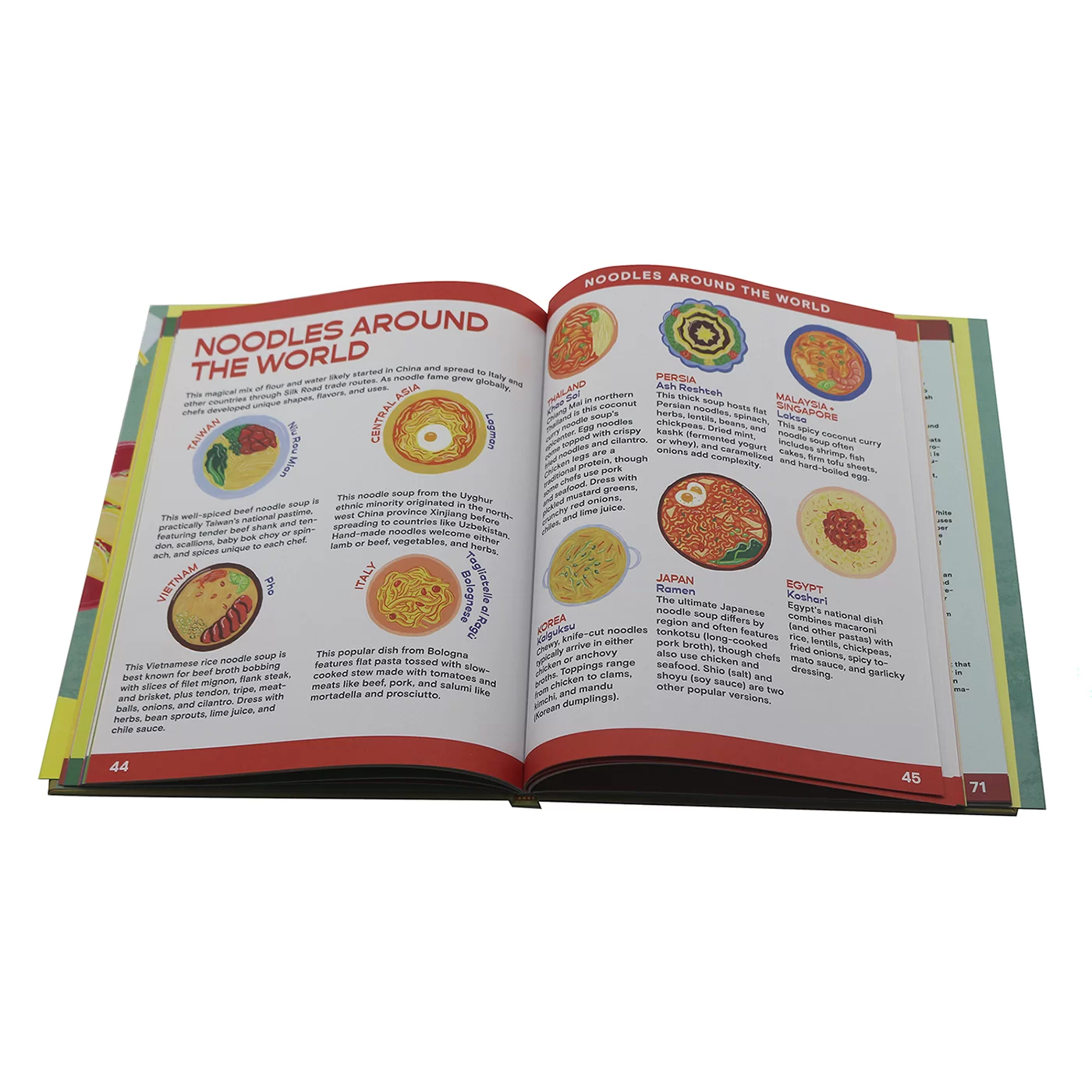Contact Us
(888) 595-0219
Liberty Plaza 165 Broadway Lower Manhattan, 7th Floor, NY, 10006, USA
Brochure Printing
 Custom Brochure Printing Service
Custom Brochure Printing Service
A brochure is a relatively simple publication, usually printed on both side, and often folded into two, three or more folds. We provide various of brochure printing services. Include staples brochure printing, Bi-Fold Brochure, Tri-Fold Brochure, mini brochure printing, 8 Fold Brochure, etc.
- ☑ Competitive price
- ☑ A wide range of customized options
- ☑ Professional quality printing
- ☑ Truly customer-centric customer service
- ☑ Fast delivery
- ☑ Worldwide shipping
We print a brochure in accordance with the order of page number folding into the size, or a large format printed in accordance with the requirements of folding into a certain size of the work process. folding cover to grasp the characteristics of the goods, using photography or other forms to attract consumers. And the design of the inside page to reflect the contents of the commodity in detail and do both graphics and text.
Brochures have been widely used in business promotion and have become a way of marketing activities, which can be called brochures. Commercial brochures will include product descriptions, corporate information, event promotion information, etc.
Paper Options
When it comes to brochure printing, one of the key decisions you need to make is choosing the right paper option. The paper you choose can greatly impact the overall look and feel of your brochure. At Prime Printings, we recommend two popular paper options: glossy art paper and matte art paper, as well as uncoated paper.
 |
 |
 |
| Glossy art paper | Matte art paper | Uncoated paper |
Glossy art paper is a coated paper that provides a smooth and shiny finish. It is commonly used for brochures that require vibrant colors and high-resolution images. The glossy surface enhances the colors and makes them pop, giving your brochures a professional and eye-catching appearance.
On the other hand, matte art paper has a non-reflective, smooth finish. It is an excellent choice for brochures that require a more sophisticated and elegant look. Matte art paper reduces glare and provides a soft, velvety texture, making it perfect for brochures with a more subtle design or for those that need to convey a sense of luxury.
If you prefer a more natural and eco-friendly option, uncoated paper is a great choice. It has a slightly rough texture and a natural appearance. Uncoated paper is often used for brochures with a minimalist design or for those that aim to create a more personal and tactile experience.
Brochure Sizes
Choosing the right size for your brochure is essential to ensure that it meets your specific needs and goals. At Prime Printings, we offer a variety of popular brochure sizes to choose from. Here are some of the most common sizes:
A4 (8.27" x 11.69"): This is the standard size for brochures and is widely used for a variety of purposes. It provides enough space to include a significant amount of information and is ideal for brochures that need to convey detailed messages.
A5 (5.83" x 8.27"): A5 brochures are smaller in size and are often used when you want to create a more compact and portable brochure. They are commonly used for promotional materials, event programs, and travel guides.
DL (3.9" x 8.27"): DL brochures are long and slim, making them a popular choice for marketing materials that need to fit in standard envelopes. They are often used for mailers, product catalogs, and restaurant menus.
Square (e.g., 6" x 6" or 8" x 8"): Square brochures can add a unique and creative touch to your marketing materials. They are often used for product showcases, art portfolios, and fashion lookbooks.
Remember, the size you choose should align with your content and design. Consider the amount of information you want to include, the desired visual impact, and the practicality of the size for your target audience.
Brochure Style
The brochure style plays a crucial role in how the information is presented and organized. At Prime Printings, we offer various brochure styles to suit your needs. Here are some of the most popular options:

Bi-Fold Brochure: This fold style divides the brochure into two equal halves, creating four panels in total. It is simple and effective, making it suitable for brochures with less content and a clear message.
Tri-Fold Brochure: The tri-fold is a classic fold style that divides the brochure into three equal sections, each panel folding inward. It provides six panels for your content and is versatile enough to accommodate different types of information.
Four Fold Brochure: With four panels on each side, the four-fold brochure offers more space for content. It is ideal for brochures that require more detailed information or visuals, such as product catalogs or event programs.
8 Fold Brochure: The 8-fold brochure provides eight panels on each side, allowing for even more content and visual elements. It is commonly used for brochures with extensive information, such as tourist guides or educational materials.
French Fold: The French fold involves folding the paper in half vertically and then horizontally, resulting in a four-panel brochure with a unique opening style. It offers an interesting design element and can make your brochure stand out.
16-Page Broadsheet Fold: This fold style involves folding the paper multiple times to create a brochure with 16 pages, including the front and back covers. It is suitable for brochures that require a magazine-like layout or a more extensive presentation of information.
Staples Brochure: Staples brochures are created by binding multiple pages together with staples. They offer a professional and polished look and are commonly used for product catalogs, company profiles, and annual reports.
Consider the amount of content you have and the level of detail you want to provide when choosing the fold style for your brochure. Each option offers its unique advantages and can help you create a brochure that effectively communicates your message.
Finishing Options
To enhance the visual appeal and durability of your brochures, various finishing options are available. At Prime Printings, we offer several finishing techniques to add that extra touch of professionalism to your brochures. Here are some popular options:

Glossy lamination: Glossy lamination involves applying a thin layer of glossy plastic film to the surface of the brochure. It adds a shiny finish, enhances the colors, and provides protection against wear and tear.
Matte lamination: Matte lamination offers a non-reflective and velvety finish. It gives your brochures a sophisticated look, reduces glare, and provides protection against scratches and fingerprints.
Foil stamping: Foil stamping involves applying a metallic foil to specific areas of the brochure, creating a visually striking effect. It adds a touch of luxury and elegance and can be used to highlight important elements or create a memorable design.
Spot UV: Spot UV involves applying a glossy and raised coating to selected areas of the brochure, creating a contrast between the glossy and matte surfaces. It adds depth and texture to the design and can be used to create a focal point or make specific elements stand out.
Varnish: Varnish is a clear coating that is applied to the entire surface of the brochure. It provides a smooth and protective layer, enhancing the colors and adding a subtle sheen to the design. Varnish is a versatile finishing option that can be used to achieve different effects, from a glossy finish to a satin-like appearance.
Consider the desired look and feel of your brochures when choosing the finishing options. Each technique can add a unique element to your design and help your brochures stand out from the competition.
Artwork Tips
Setting up your brochure pre-press file correctly is essential to ensure a smooth printing process and achieve the best possible results. Here are some important steps to follow:
Design software: Use professional design software, such as Adobe InDesign or Adobe Illustrator, to create your brochure. These programs offer advanced tools and features specifically designed for print projects.
Bleed and safety margins: Set up the document with the correct bleed and safety margins. Bleed refers to the area beyond the trim edge where the design extends, ensuring that there are no white edges after trimming. Safety margins are the inner boundaries where important content should be placed to avoid getting cut off during trimming.
Resolution: Ensure that all images and graphics used in your brochure have a resolution of at least 300 dpi (dots per inch). This ensures high-quality printing and prevents pixelation or blurriness.
Color space: Set up your document in the CMYK color space, which is the standard for print. Avoid using RGB colors, as they are designed for screen display and may appear differently when printed.
Fonts and text: Embed or outline all fonts used in your brochure to ensure that they appear correctly when printed. Convert all text to outlines if possible, especially for decorative or specialized fonts.
File format: Save your pre-press file as a print-ready PDF with all the necessary settings, including bleed, crop marks, and color profiles. This ensures that your file is compatible with the printing process and minimizes any chances of errors or issues.
With these steps and ensuring that your pre-press file is correctly set up, you can avoid potential printing problems and achieve the best possible results for your brochure.
Contact us today to discuss your brochure printing needs and get a quote for your project. Our team of experts at Prime Printings is ready to assist you in creating high-quality and professional brochures that will make a lasting impression on your target audience.












